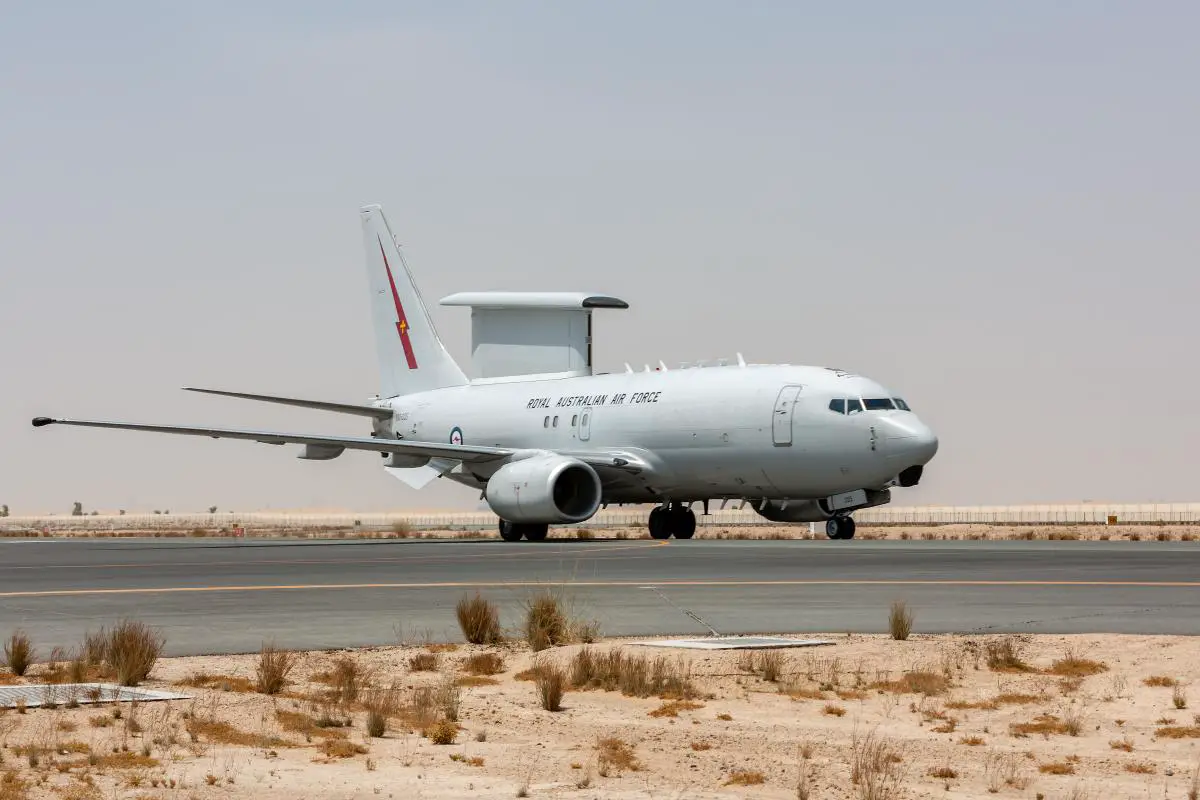Based on market research, the Department of the Air Force has decided to replace a portion of the E-3 Sentry Airborne Warning and Control System fleet with the E-7 Wedgetail, which is produced by The Boeing Company. The Boeing E-7 is the only platform capable of meeting the requirements for the Defense Department’s tactical battle management, command and control and moving target indication capabilities within the timeframe needed to replace the aging E-3. The FY23 President’s Budget request includes $227 million in Research, Development, Test and Evaluation funds starting in FY23. A contract award is planned in fiscal year 2023.
The notional schedule plans for a second rapid prototype aircraft funded in FY24, and a production decision in FY25 to continue fielding aircraft. The FY23 PB proposes a partial divestment of the E-3 AWACS fleet, 15 of 31 aircraft, and redirects funding to procure and field its replacement. The E-7 system was developed by Australia for the Australian Defence Forces. The unbreakable U.S. and Australia alliance and interoperability amongst the armed services enabled the Department of the Air Force to leverage this considerable investment and exceptional capability. These funds support the acquisition of a rapid prototype aircraft planned to deliver in FY27.

The Boeing E-3 Sentry is an American airborne early warning and control (AEW&C) aircraft developed by Boeing. E-3s are commonly known as AWACS (Airborne Warning and Control System). Derived from the Boeing 707 airliner, it provides all-weather surveillance, command, control, and communications, and is used by the United States Air Force, NATO, French Air and Space Force, and Royal Saudi Air Force. The E-3 is distinguished by the distinctive rotating radar dome (rotodome) above the fuselage. In 1996, Westinghouse Electric’s Defense & Electronic Systems division was acquired by Northrop Corporation, which currently supports the E-3’s radar.
The Boeing 737 AEW&C is a twin-engine airborne early warning and control aircraft based on the Boeing 737 Next Generation design. It is lighter than the 707-based Boeing E-3 Sentry, and has a fixed, active electronically scanned array radar antenna instead of a rotating one. It was designed for the Royal Australian Air Force (RAAF) under “Project Wedgetail” and designated E-7A Wedgetail. The 737 AEW&C has also been selected by the Turkish Air Force (under “Project Peace Eagle”, designated E-7T), the Republic of Korea Air Force (“Project Peace Eye”), and the United Kingdom (designated Wedgetail AEW1).












